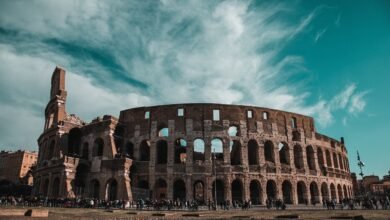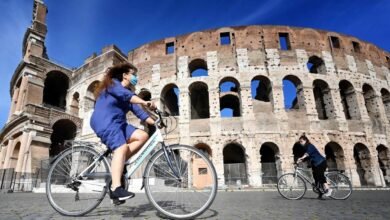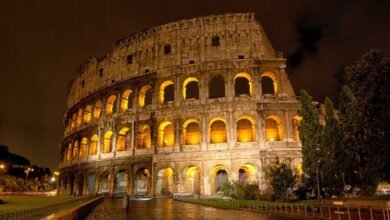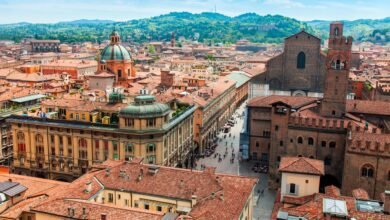Introduction of 7 Fascinating Facts About the Leaning Tower of Pisa Tour
The 7 Fascinating Facts About the Leaning Tower of Pisa stands as a testament to both the grandeur of ancient architectural prowess and the unpredictability of the soil beneath our feet. This iconic structure has intrigued and fascinated countless visitors for centuries. Join us as we unveil seven captivating facts about this historic monument.

1. The Tower’s Inclination Wasn’t Intentional
Contrary to popular belief, the tower’s tilt wasn’t a part of its original design. The soft subsoil, rich in clay, fine sand, and shells, led to its unexpected lean. Constructed in three stages over two centuries, the tower’s foundation began to sink almost immediately after the onset of construction in the 12th century. Despite the unintentional lean, architects and engineers continued its construction, adapting the design to accommodate the tilt.
2. The Tower is a Freestanding Bell Tower
Many often confuse the Leaning Tower of Pisa with being a standalone structure. In reality, it is the campanile, or freestanding bell tower, of the adjacent Pisa Cathedral. The tower boasts seven bells, with the largest weighing an impressive 3,620 kg.

3. Galileo’s Gravity Experiment
While it remains a topic of debate among historians, there are accounts suggesting that the famous scientist Galileo Galilei dropped two spheres of different masses from the tower. This experiment was to demonstrate that their time of descent was independent of their mass, challenging the then-accepted theories of gravity.
4. It’s Not the Only Leaning Tower in Pisa
While the Leaning Tower of Pisa undeniably takes the spotlight, Pisa boasts other lesser-known leaning towers. The Church of San Nicola and the Church of San Michele degli Scalzi also have their own distinct tilts, making Pisa a city of leaning towers.
5. World War II Almost Toppled It
During World War II, many believed the tower was used as a Nazi observation post. Allies had orders to ensure its protection, but it was almost mistakenly destroyed by an artillery strike. Thankfully, its captivating beauty and historic significance saved it from destruction.
6. Modern Interventions Saved the Tower from Collapsing
The 20th century saw increased concerns regarding the tower’s stability. Several interventions, including soil extraction and the addition of counterweights, stabilized the structure. By the early 21st century, the Leaning Tower of Pisa‘s lean was finally halted, ensuring its continued allure for future generations.
7. A UNESCO World Heritage Site
Owing to its architectural marvel and historical significance, the Piazza del Duomo, where the tower stands, was designated as a UNESCO World Heritage Site in 1987. This recognition reaffirms the tower’s position as an essential piece of world heritage.
Conclusion
The Leaning Tower of Pisa is more than just a tilted structure that makes for a great photo opportunity. Its rich history, intriguing tales, and engineering marvels weave a fascinating narrative that captivates every visitor. Whether it’s the tale of Galileo’s experiment or the tower’s resilience during World War II, there’s no denying that this iconic structure is a testament to the wonders of history and architecture.
Rate UsRate Us









